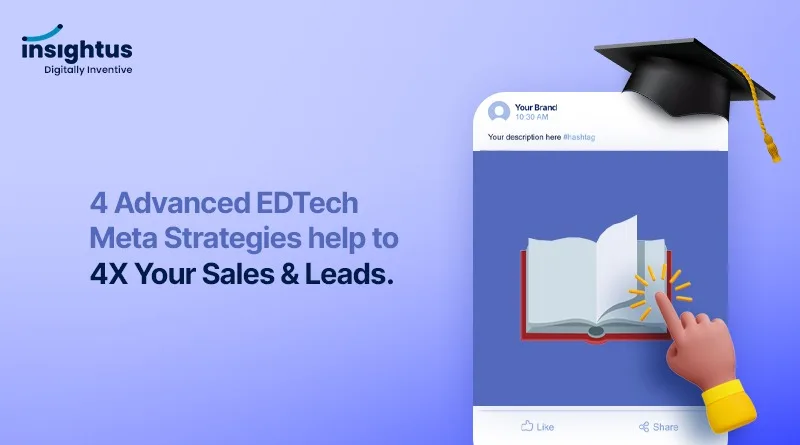Facebook ads play a crucial role for EdTech companies as they offer a powerful and cost-effective way to reach a highly targeted audience.
With billions of users worldwide, Facebook provides an expansive platform for EdTech businesses to showcase their products and services to potential customers.
The importance of Facebook ads for EdTech can be better understood through an example.
Let’s consider a virtual tutoring platform called “SmartLearn.” SmartLearn offers online tutoring services for students of all ages and subjects Here are the benefits of FB Ads.
1. Reach a Wide Audience: Facebook boasts an extensive user base across various age groups and demographics.
2. Precise Targeting: Facebook’s advanced targeting options allow EdTech companies to define their ideal audience based on interests, behavior, education level, and other relevant parameters.
3. Cost-Effective Advertising: Compared to traditional advertising methods, Facebook ads are often more cost-effective.
4. Brand Awareness and Engagement: Facebook ads not only help in driving website traffic and conversions but also in building brand awareness.
5. Measurable Results: Facebook’s ad platform provides robust analytics and reporting tools. EdTech companies can track the performance of their ad campaigns, monitor key metrics, and measure the return on investment (ROI).
Facebook ads are a powerful tool for EdTech companies to expand their reach & engage with their target audience.
Step 01: Understanding Your Audience:

Understanding your audience is a crucial step in running successful Facebook ad campaigns for your EdTech business. It involves getting to know the people you want to reach, their interests, preferences, and pain points.
Example:
Let’s say you run an EdTech company that offers an online coding course for kids aged 8 to 12. To understand your audience better, you can follow these steps:
1 > Research and Segmentation: Start by conducting research on your potential customers. Identify their age group, their parents’ interests, and their educational background.
2 > Facebook Audience Insights: Utilize Facebook’s Audience Insights tool to gather valuable data about your target audience. Look for information like their demographics, interests, and online behavior related to coding and kids’ education.
3 > User Personas: Create user personas to personify your ideal customers. For instance, you can create personas like “Tech-Savvy Tim,” an 11-year-old coding enthusiast, or “Concerned Parent Cathy,”
4 > Pain Points and Challenges: Understand the challenges faced by your audience. For example, parents might worry about their child’s screen time or finding a safe online learning environment.
Based on your research and understanding of the audience, you can create Facebook ad campaigns that resonate with them.
For “Tech-Savvy Tim,” you can showcase snippets of fun coding projects and highlight the interactive aspects of the course.
By understanding your audience, you can tailor your Facebook ads to meet their specific needs and interests, making your EdTech offering more appealing and increasing the likelihood of engagement and conversions.
Step 02: Setting Clear Campaign Objectives :
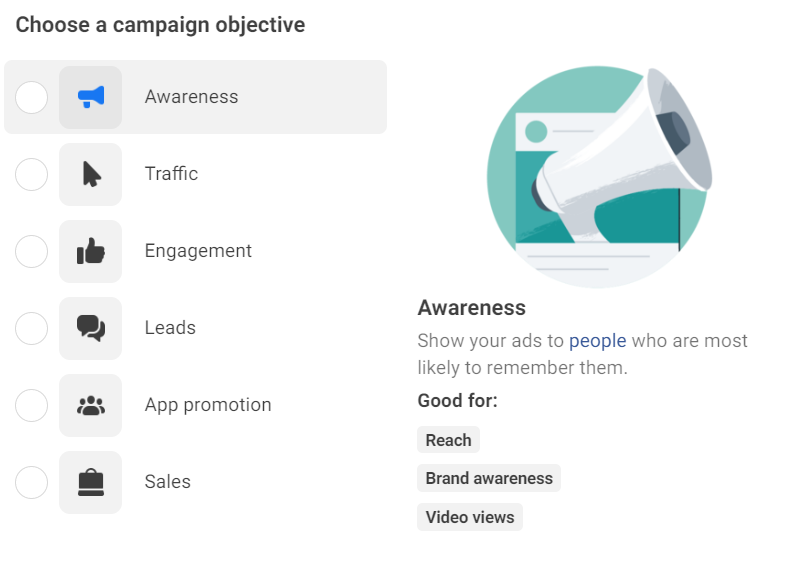
Example:
Let’s say you’re the marketing manager of an EdTech startup that offers an online coding course for kids. Your main goal is to increase the number of course sign-ups and boost brand awareness. To achieve this, you need to set clear campaign objectives:
1. Increase Course Sign-ups: Your primary objective is to get more students to sign up for your coding course. This could be through registrations on your website or app.
2. Boost Brand Awareness: Your secondary objective is to increase brand awareness among parents and educators, making them familiar with your coding course and brand.
For example, you can track the number of registrations on your website or app to determine if your ads are driving the desired sign-ups. Additionally, you can measure the reach and engagement metrics to assess the impact of your ads on brand awareness.
In last, setting clear campaign objectives is vital for the success of your EdTech Facebook ad campaigns.
Step 03: Target best Interest :
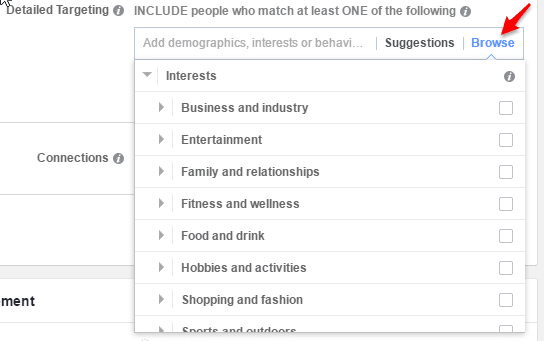
For example,
Let’s consider an EdTech company that offers an online language learning platform.
Their primary campaign objective is to increase app installs for their language learning app. To achieve this goal, they can use the “Interest” targeting feature provided by Facebook.
In this case, the EdTech company will identify the best interests of its target audience, which are likely to be related to language learning, education, or culture. They may choose interests like “Language learning,” “Foreign languages,” “Traveling abroad,” “Multilingualism,” “Culture and arts,” etc.
By selecting these interests, the ad will be shown to Facebook users who have expressed an interest in language learning or related topics. As a result, the ad will reach a relevant audience who are more likely to be interested in the language learning app, increasing the chances of app installs and conversions.
Using this targeted approach, the EdTech company can make the most out of its advertising budget by reaching potential users who have a higher likelihood of being interested in their language learning app.
Step 04: Advanced Targeting Techniques :
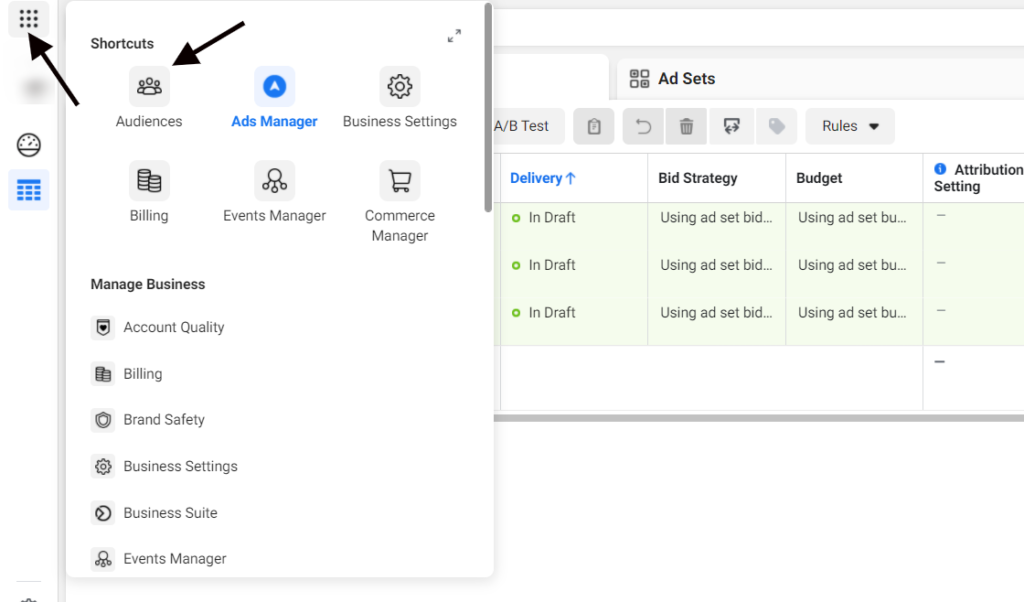
By using advanced targeting techniques, you can reach the right audience, maximize engagement, and increase conversions. Here are some effective methods:
1. Custom Audiences:
Custom Audiences allow you to target users based on their interactions with your business, such as website visits, app activity, or email list subscribers.
For example, if you have an EdTech app, you can create a Custom Audience of users who have installed the app but haven’t used it in a while. You can then show them targeted ads to encourage them to return and use the app again.
2. Lookalike Audiences:
Lookalike Audiences help you find new users who share similar characteristics with your existing customers or Custom Audiences.
Suppose you have a successful online course in your EdTech platform and a Custom Audience of your current course buyers. You can create a Lookalike Audience to target new users who have similar interests and behaviors, increasing the chances of them enrolling in your course.
3. Interest and Behavior Targeting:
Facebook allows you to target users based on their interests, hobbies, and behaviors, which helps you reach people who might be interested in your EdTech offerings.
For Example, if you have a language learning platform, you can target users interested in travel, international cultures, or language learning-related pages to attract potential learners.
4. Retargeting Strategies:
Retargeting, or remarketing, involves showing ads to users who have previously interacted with your website or app but didn’t convert.
For an EdTech company offering coding courses, you can target users who visited your course pages but didn’t enroll. By showing them personalized ads or offering a limited-time discount, you can encourage them to complete their purchase.
5. Facebook Audience Network:
The Facebook Audience Network extends your ad reach beyond Facebook to partner apps and websites, allowing you to connect with potential users across various platforms.
If you have a tutoring service on your EdTech platform, you can use the Facebook Audience Network to display your ads on educational blogs or apps, reaching a broader audience of students and parents.
6. Exclusion Targeting:
Exclusion targeting enables you to exclude specific audiences from seeing your ads, ensuring you don’t waste ad spending on irrelevant users.
For example, if your EdTech product targets college students, you might want to exclude high school students from your ad audience to focus on your primary target audience.
Step 05: Crafting Engaging Ad Creatives & Copy :
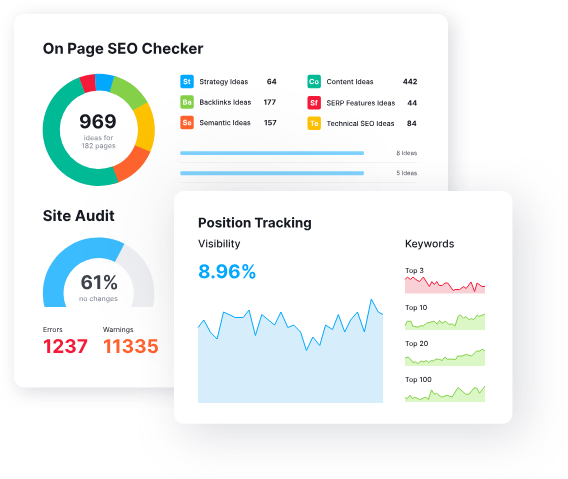
Engaging visuals and persuasive language can capture the attention of your target audience, create interest in your EdTech product, and encourage them to take action.
1. Visual Elements:
Use high-quality images or videos that are relevant to your EdTech offering. For example, if you have an online coding course, show a picture of students engaged in coding activities.
Ensure the visuals are eye-catching and communicate the benefits of your product at a glance.
Consider using bright colors and bold fonts to make your ad stand out in the Facebook feed.
Tell a story through your ad creatives that resonate with your audience. People connect emotionally with stories.
For example, you can showcase a testimonial from a successful student who used your EdTech platform to improve their skills and achieve career success.
3. Keep It Concise:
Your ad copy should be concise and to the point. Avoid using jargon or complex language.
Clearly highlight the unique selling points of your EdTech product and how it can solve your audience’s problems.
4. Call-to-Action (CTA):
Include a clear and compelling CTA that tells the audience what action to take next.
For instance, use CTAs like “Enroll Now,” “Sign Up Today,” or “Learn More” to encourage users to click on your ad.
Example:
[Visual Element]Ad Image: Show a picture of a young professional sitting at a desk with a laptop, wearing headphones, and enthusiastically learning through your EdTech platform.
Background: Use a bright and modern background to create a positive and energetic vibe.
Caption (Ad Copy): “Unlock Your Full Potential in Tech!
Join thousands of aspiring coders on our interactive platform and master coding from scratch! Start coding today with a FREE trial! #CodeMasters #LearnToCode”.
Remember, creating engaging ad creatives and copy is an iterative process. Continuously test different visuals and copy variations to identify what resonates best with your audience and drives higher conversions for your EdTech Facebook ad campaign.
FAQs:
Keep your ad copy concise and easy to understand. Clearly highlight the benefits of your EdTech product or service. Use social proof, testimonials, and statistics to build credibility. Include a clear and compelling call to action to prompt users to take the desired action.

